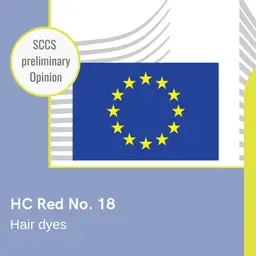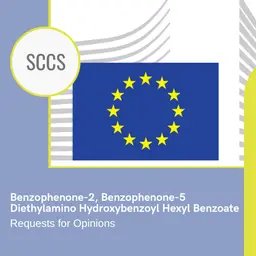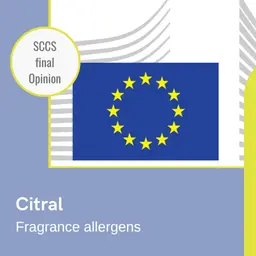
The European Commission has just asked the SCCS to decide on the safety of two types of cosmetic ingredients: Fullerenes and Hydroxylated Fullerenes on the one hand, in the framework of the assessment of nanomaterials notified in accordance with Article 16 of the Cosmetics Regulation, and α- and β-arbutin on the other hand, due to their potential to release Hydroquinone, a substance prohibited by this same Regulation. The Scientific Committee accepted these mandates at its plenary meeting on 24-25 June 2021.
Fullerenes and Hydroxylated Fullerenes
Background
Article 2(1)(k) of Regulation (EC) No.1223/2009 (Cosmetics Regulation) states that “nanomaterial” means an insoluble or biopersistent and intentionally manufactured material with one or more external dimensions, or an internal structure, on the scale from 1 to 100 nm. In addition, the Commission Recommendation of 2011 on the definition of nanomaterial specifically addressed the issue of Fullerenes by stating: “By derogation from the above, fullerenes, graphene flakes and single wall carbon nanotubes with one or more external dimensions below 1 nm should be considered as nanomaterials.”
The nanomaterials definition covers materials in the nano-scale that are intentionally made and are insoluble/partially-soluble or biopersistent (e.g. metals, metal oxides, carbon materials, etc.). It does not cover those that are soluble or degradable/non-persistent in biological systems (e.g. liposomes, emulsions, etc.). Article 16 of the Cosmetics Regulation requires cosmetic products containing nanomaterials other than colorants, preservatives and UV-filters and not otherwise restricted by the Cosmetics Regulation to be notified to the Commission six months prior to being placed on the market. Article 19 of this Regulation requires nano-scale ingredients to be labelled (name of the ingredient, followed by “nano” in brackets). If there are concerns over the safety of a …













